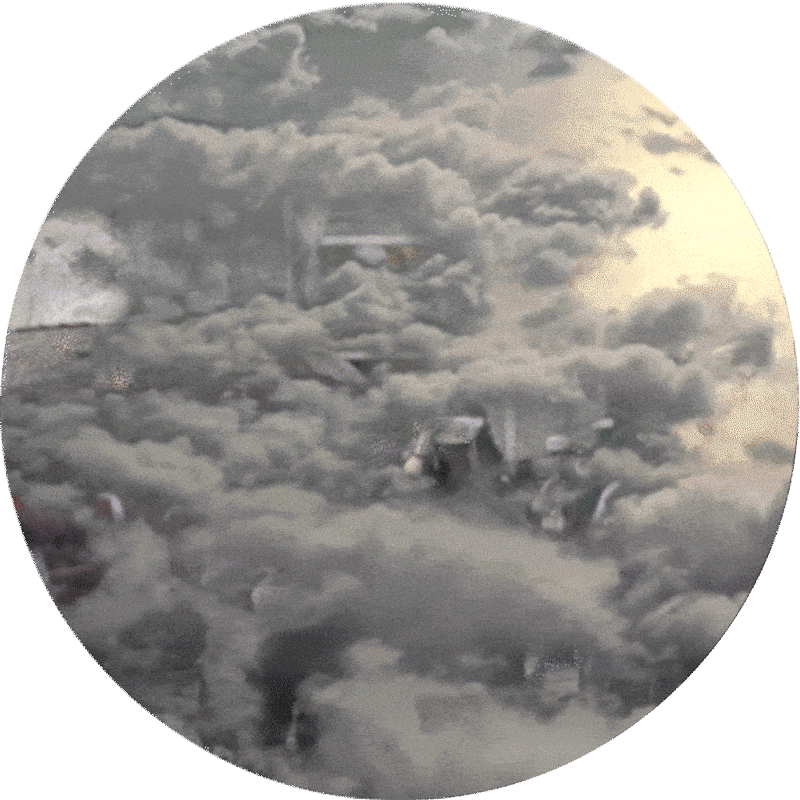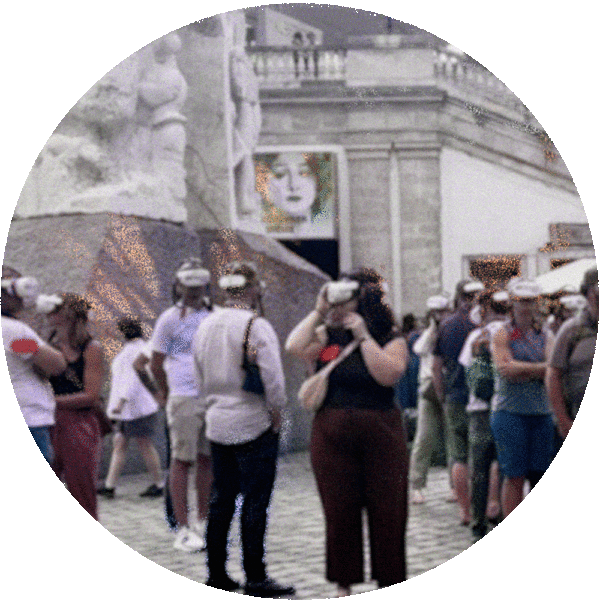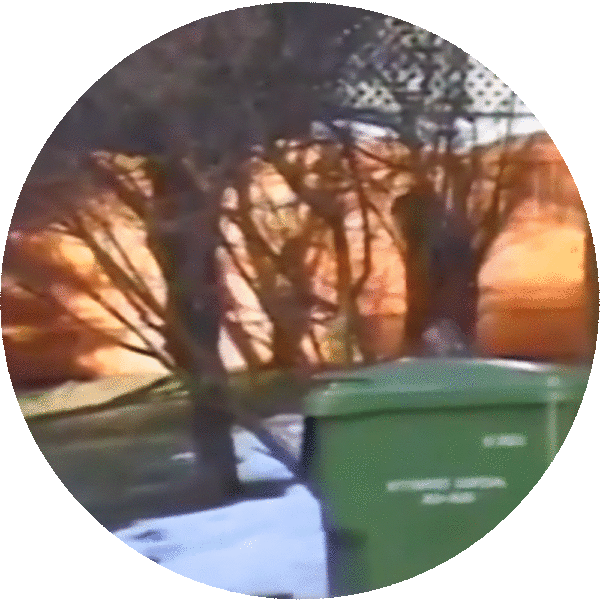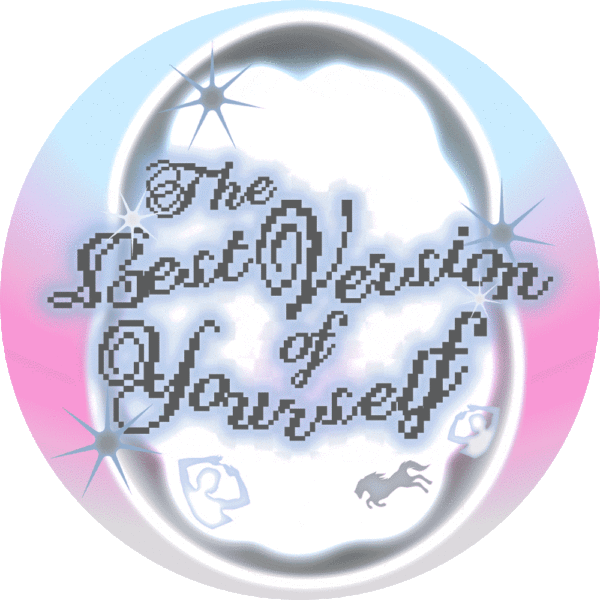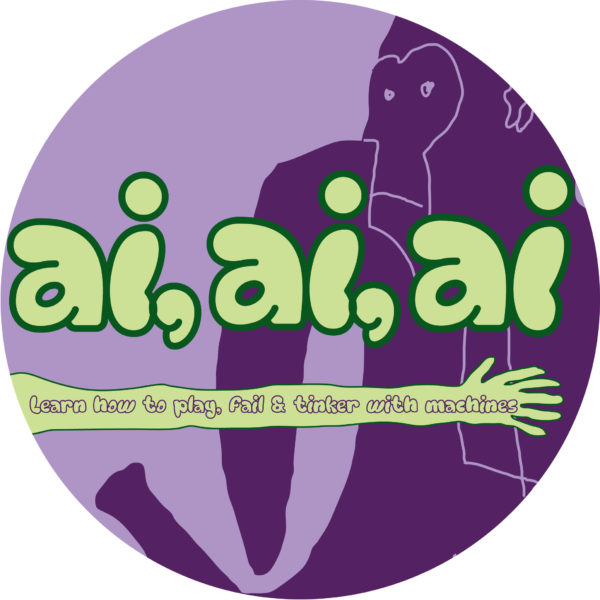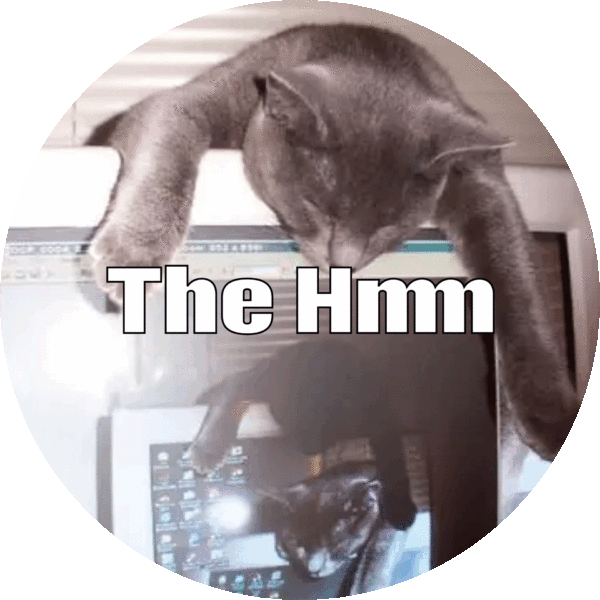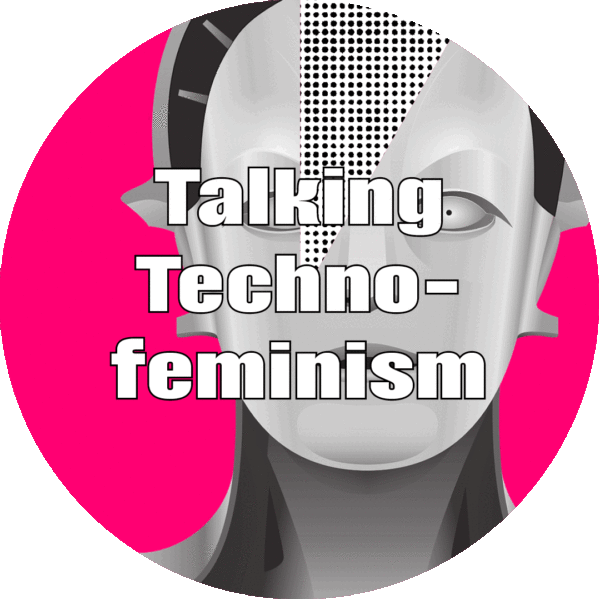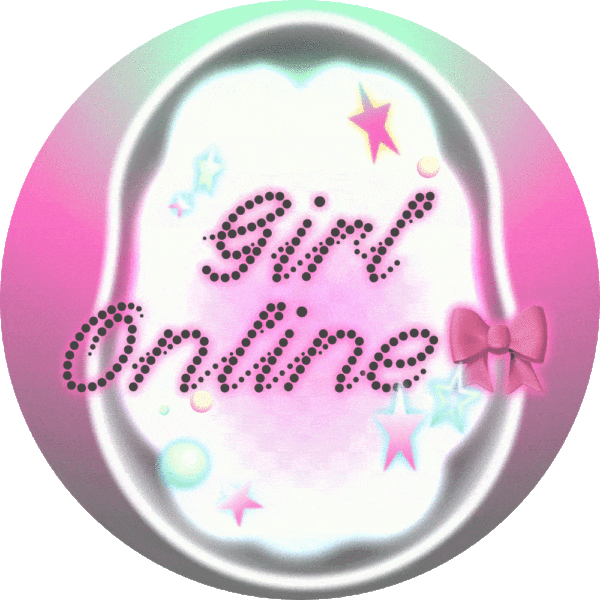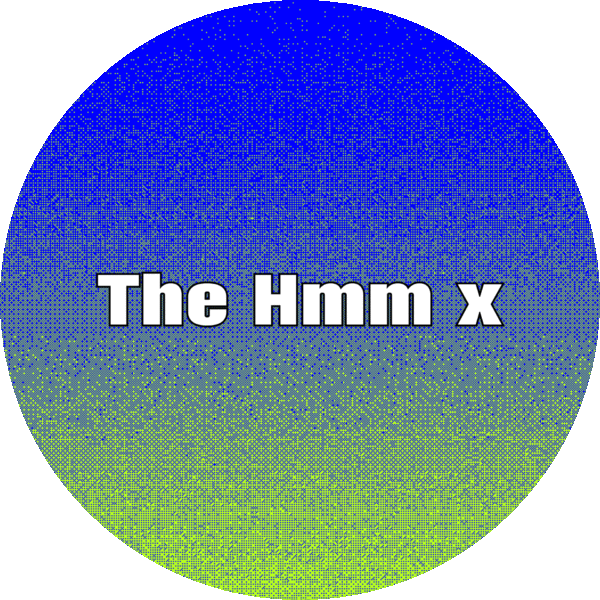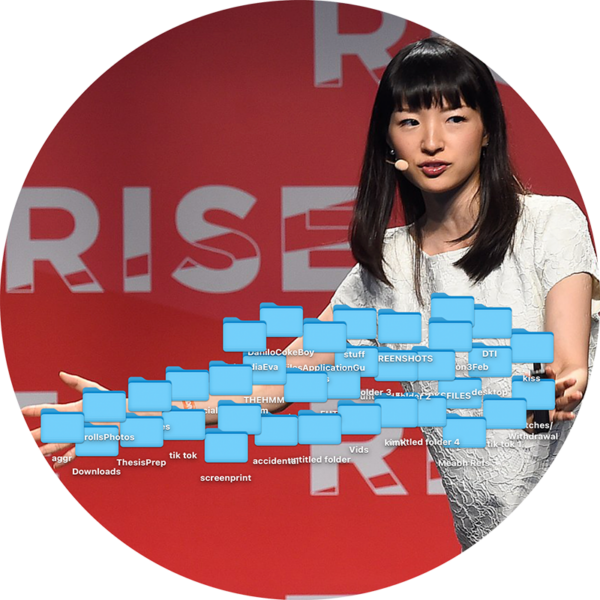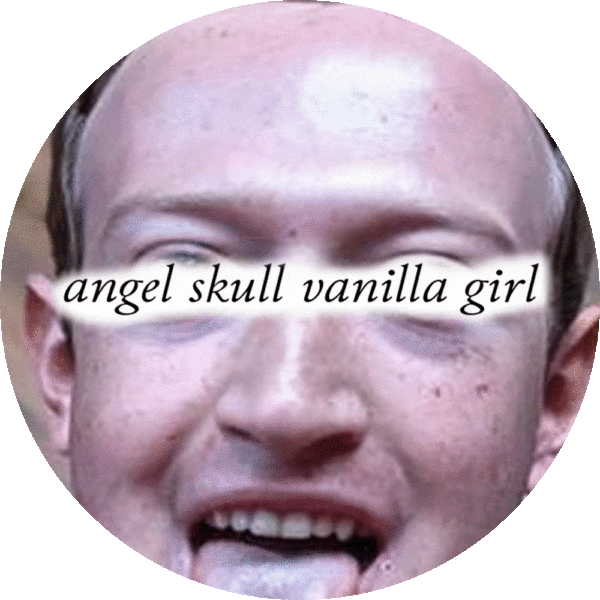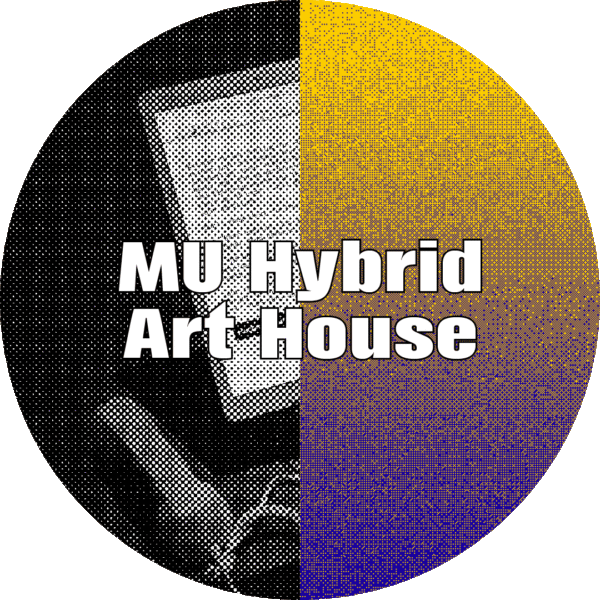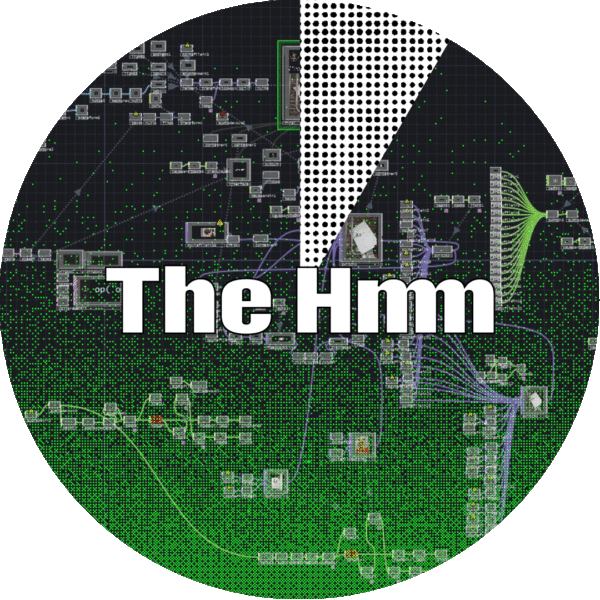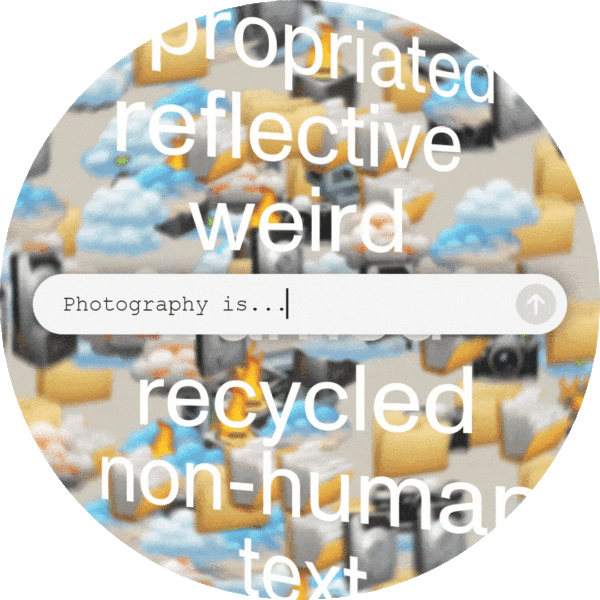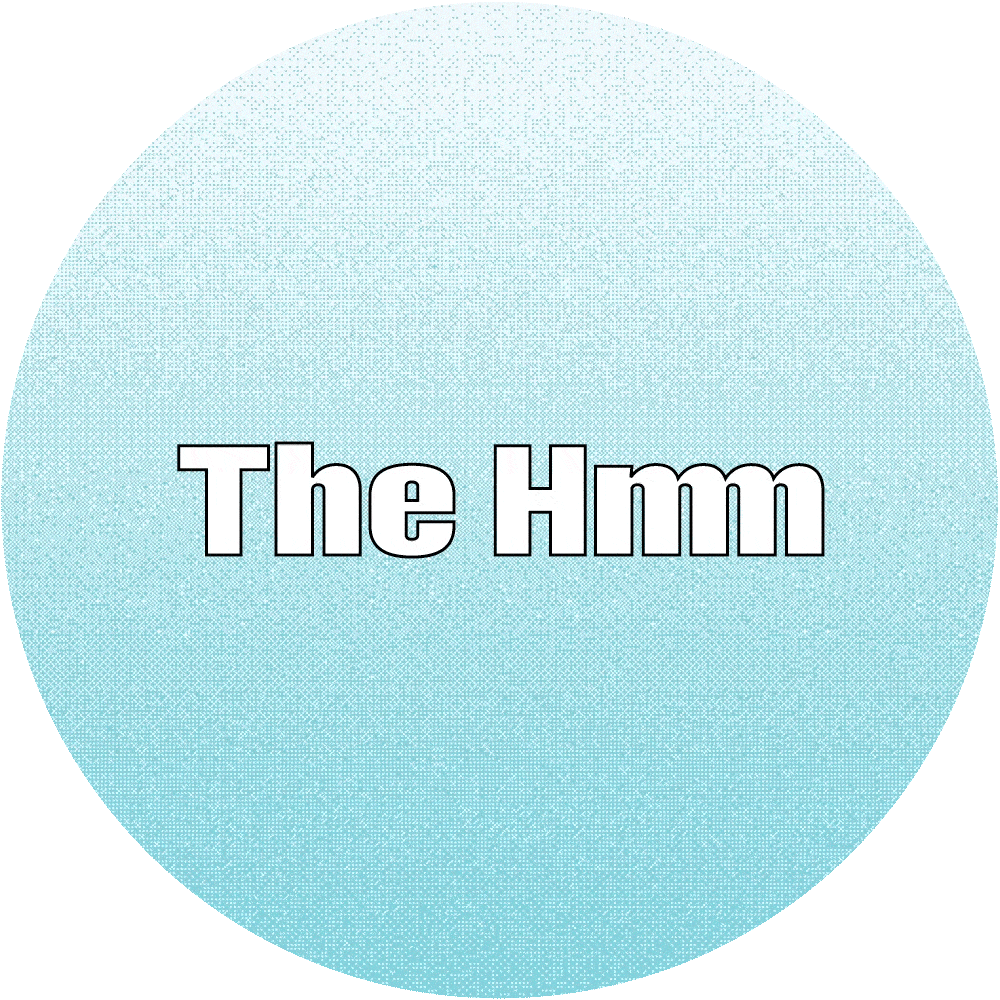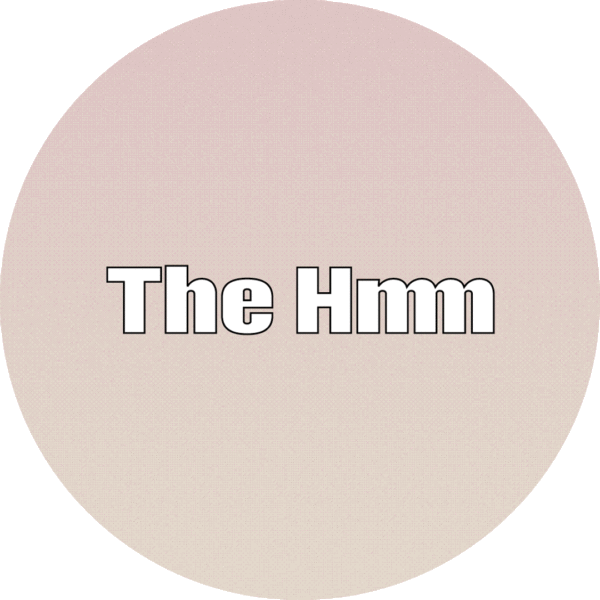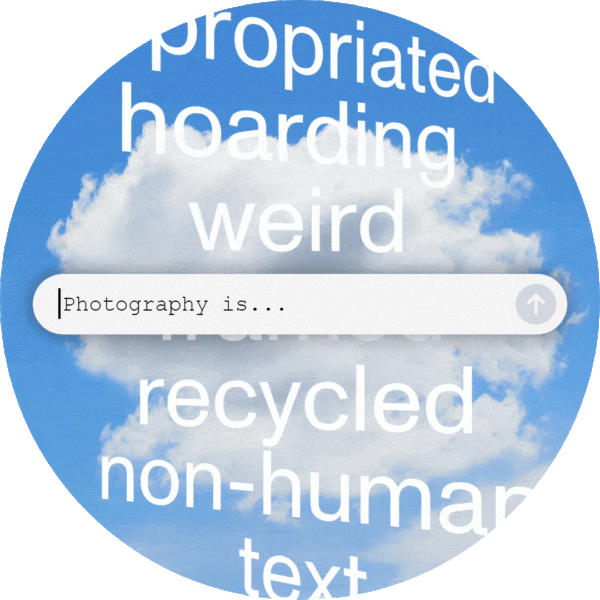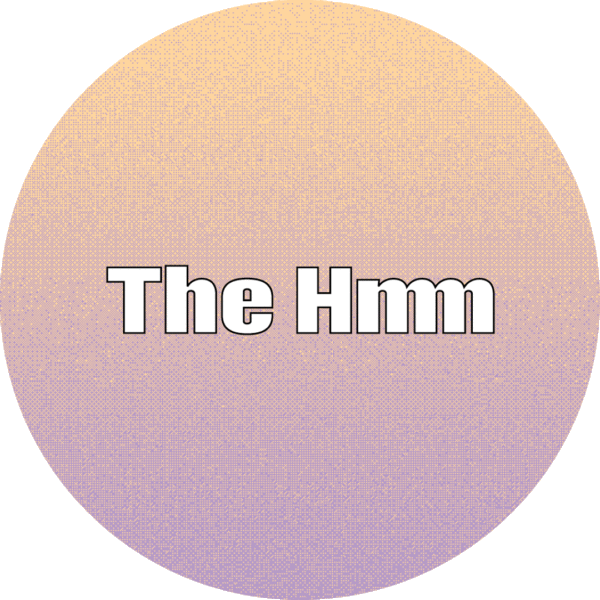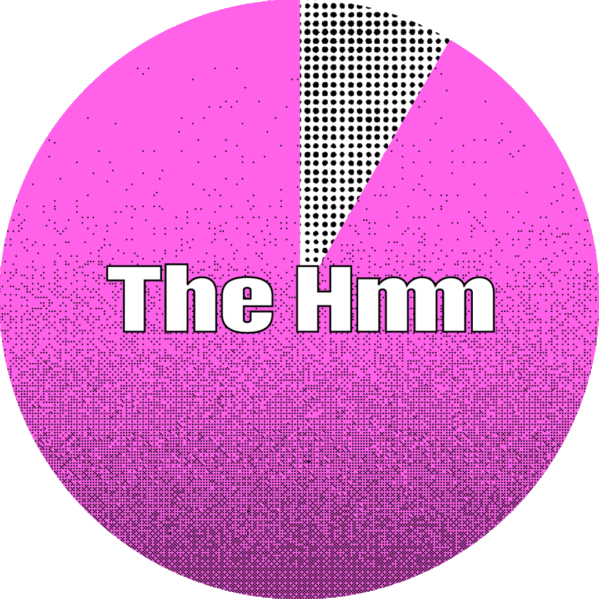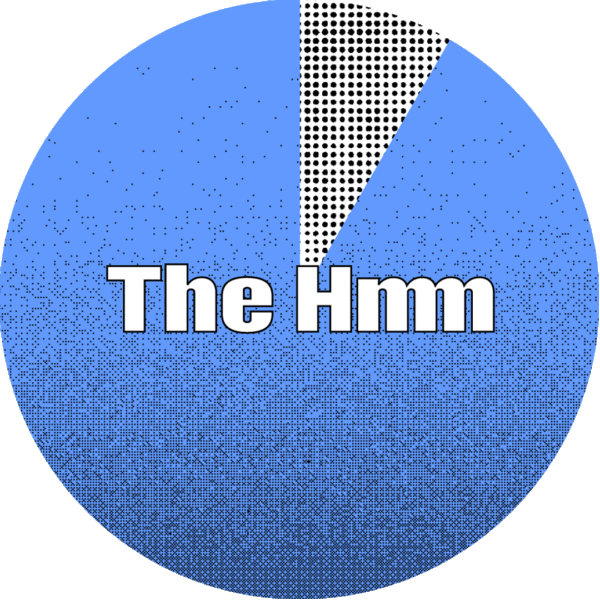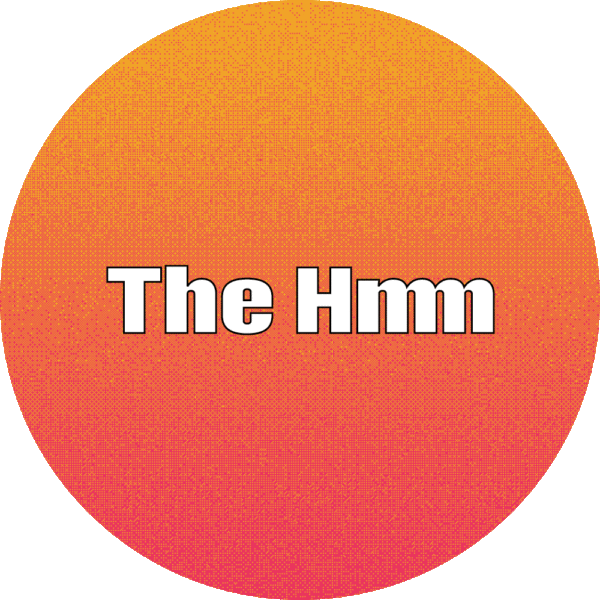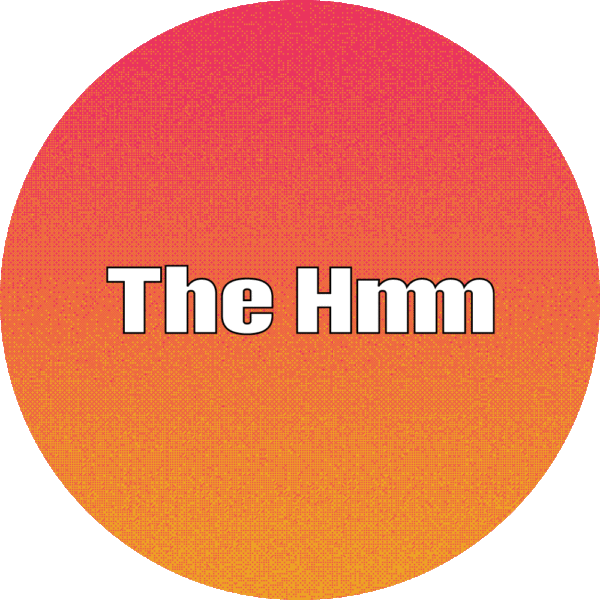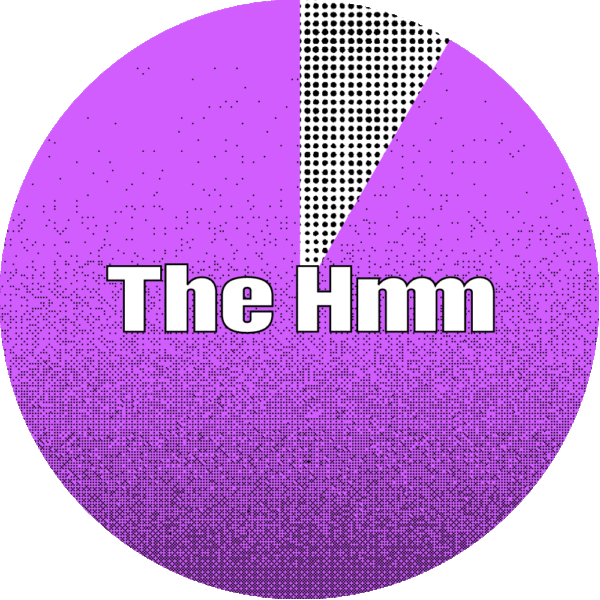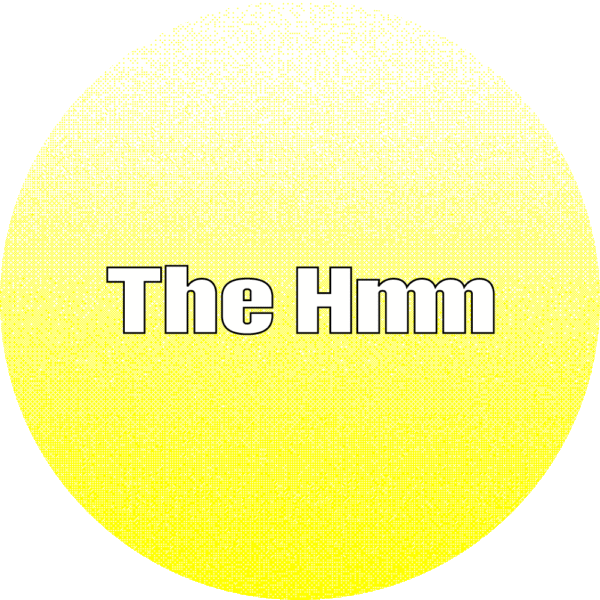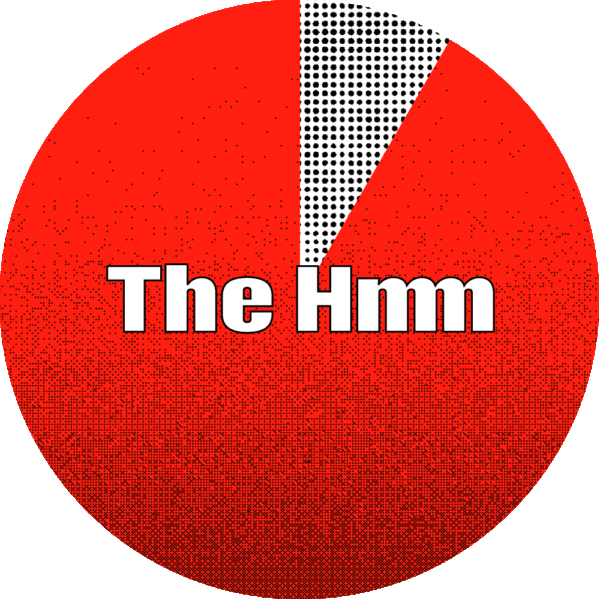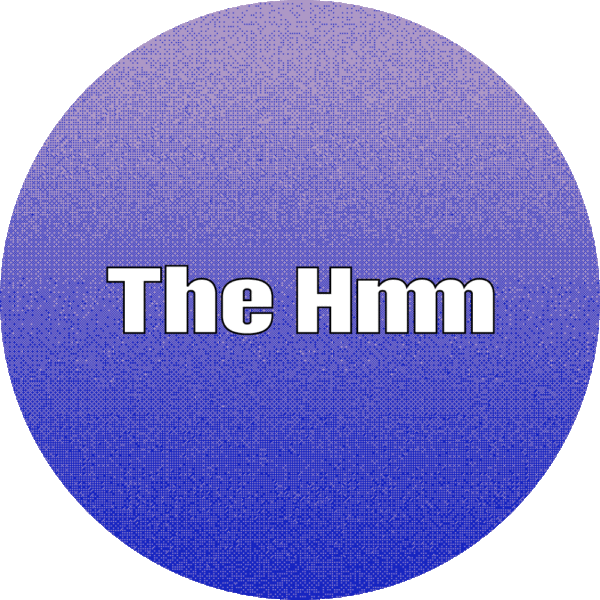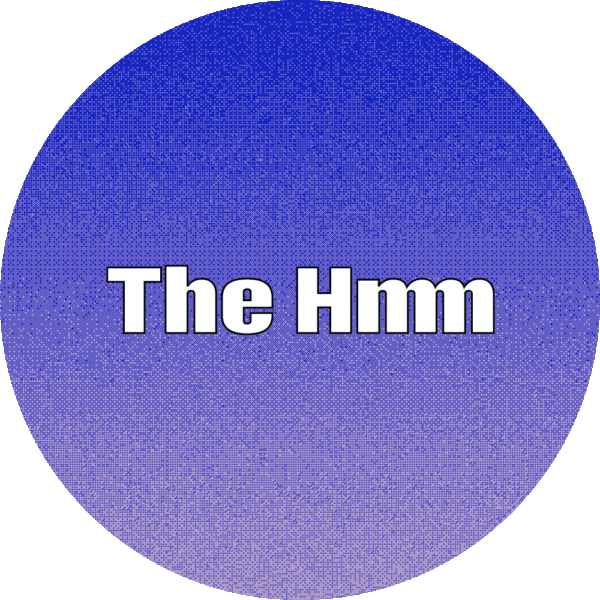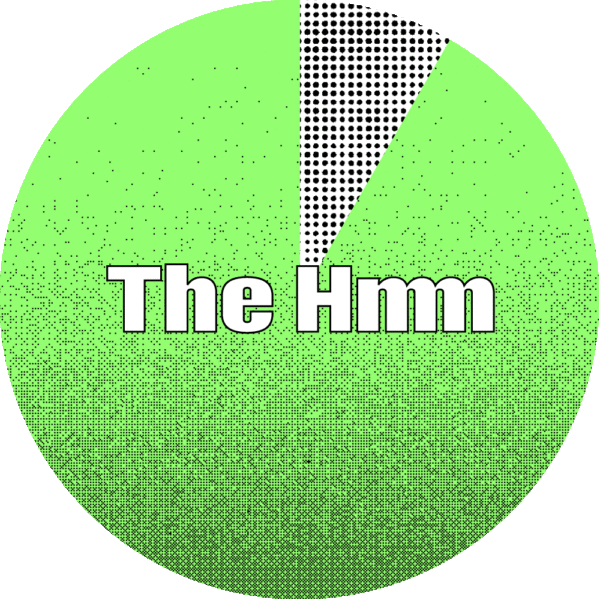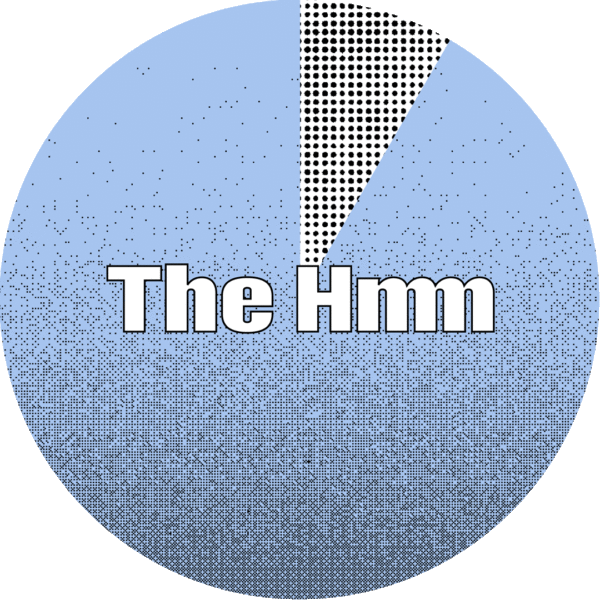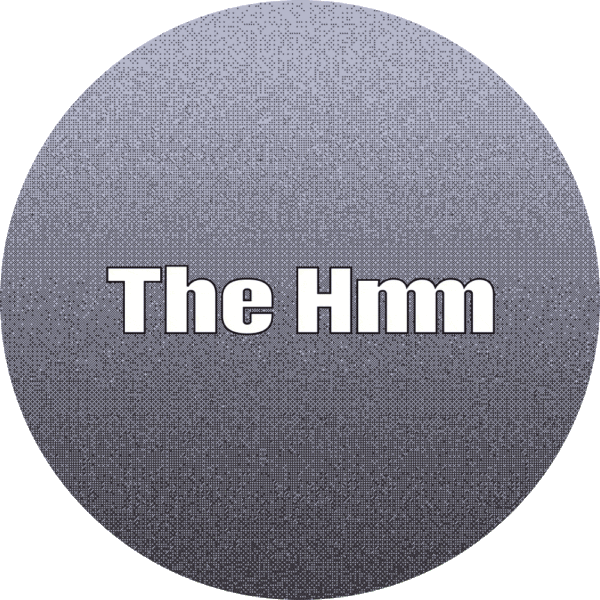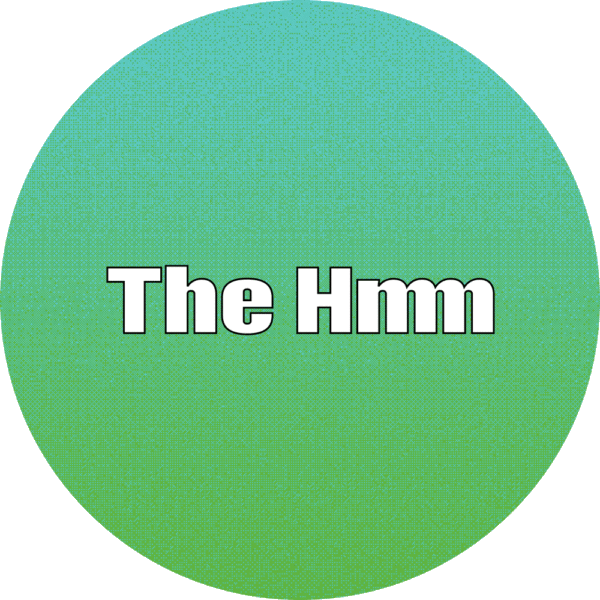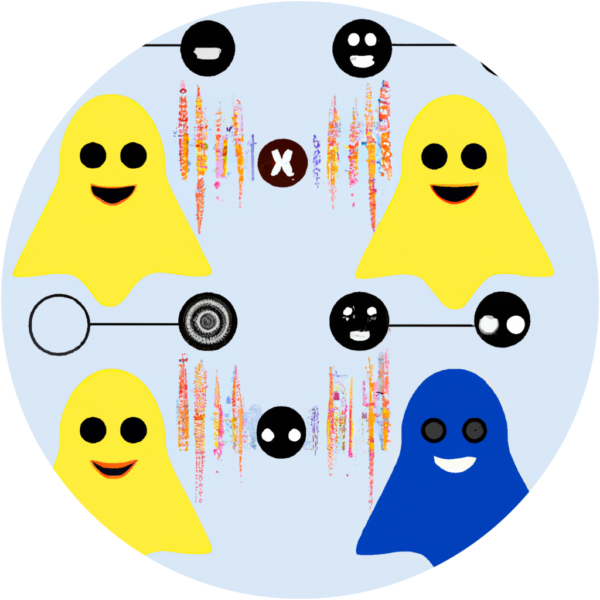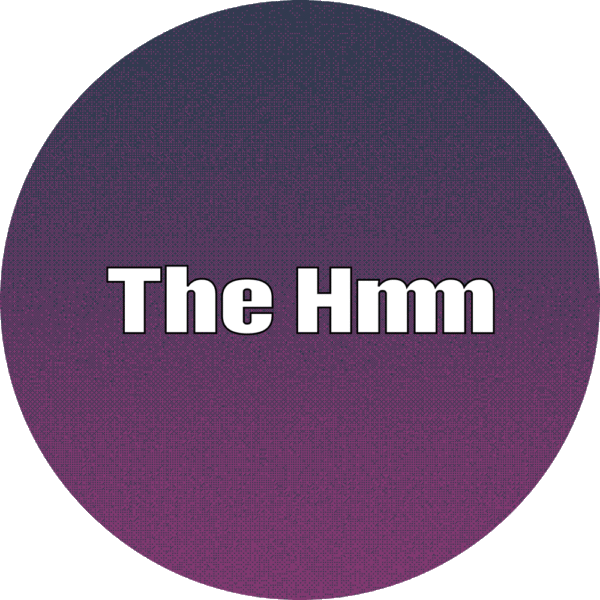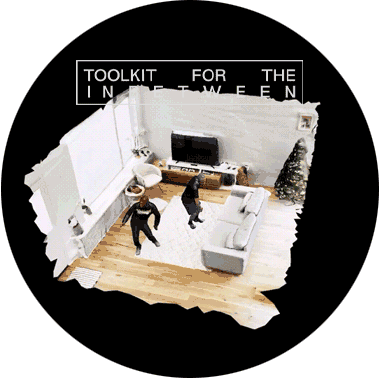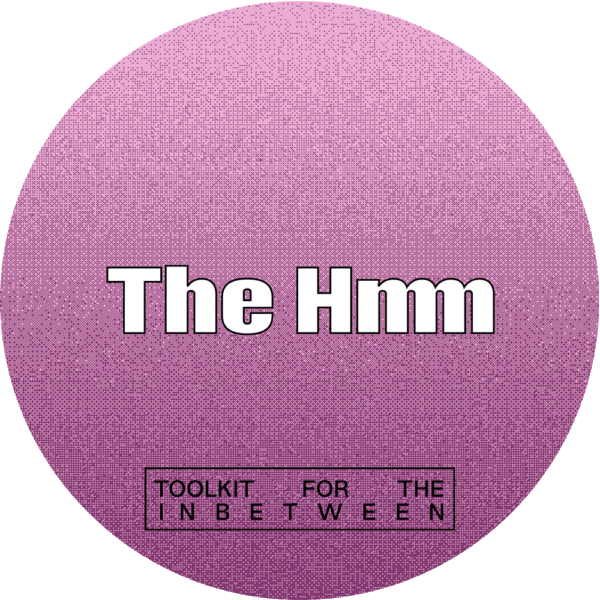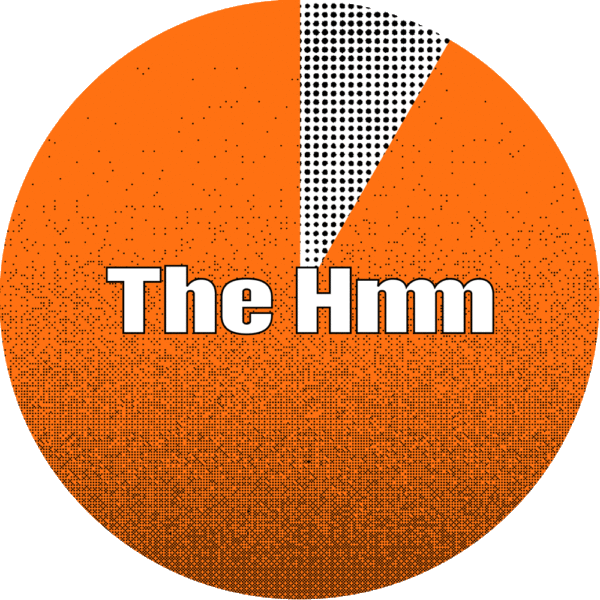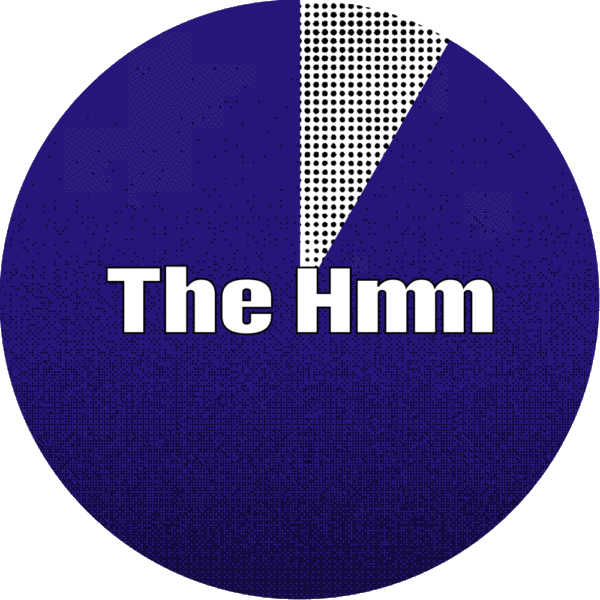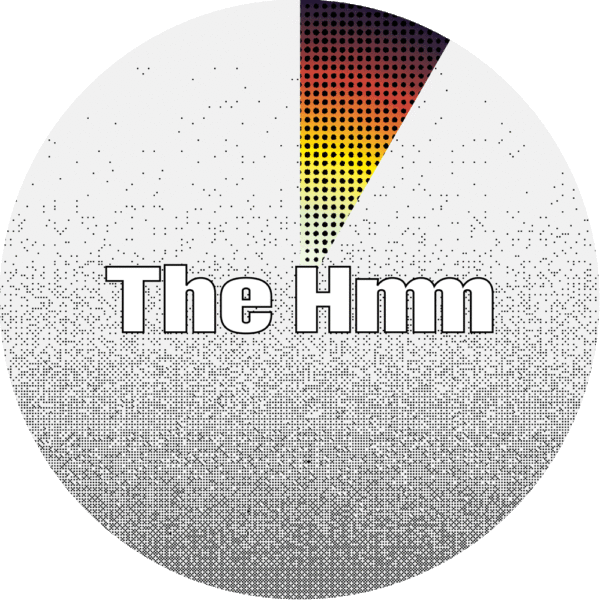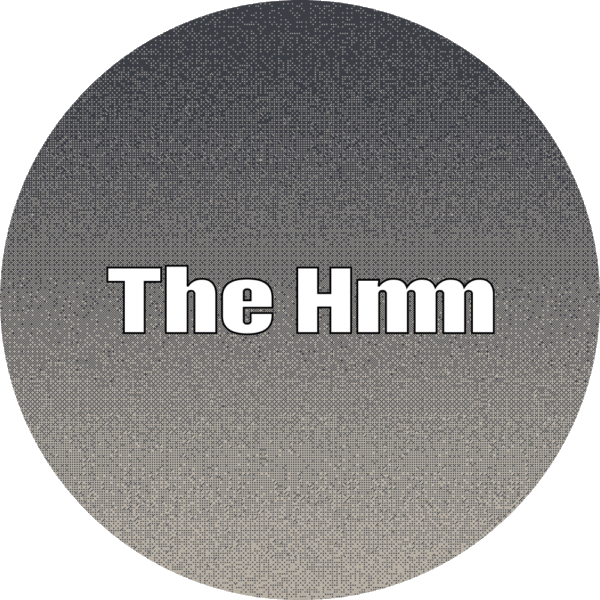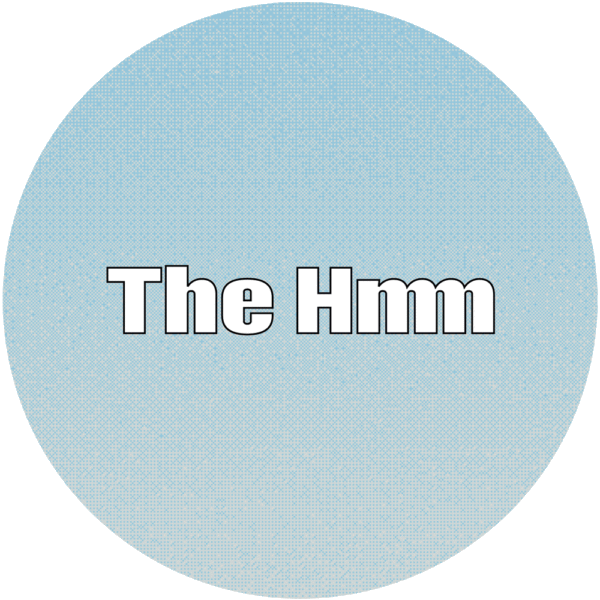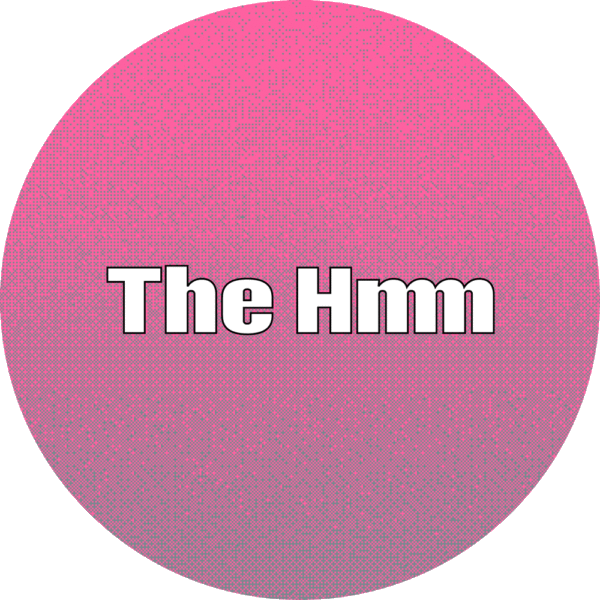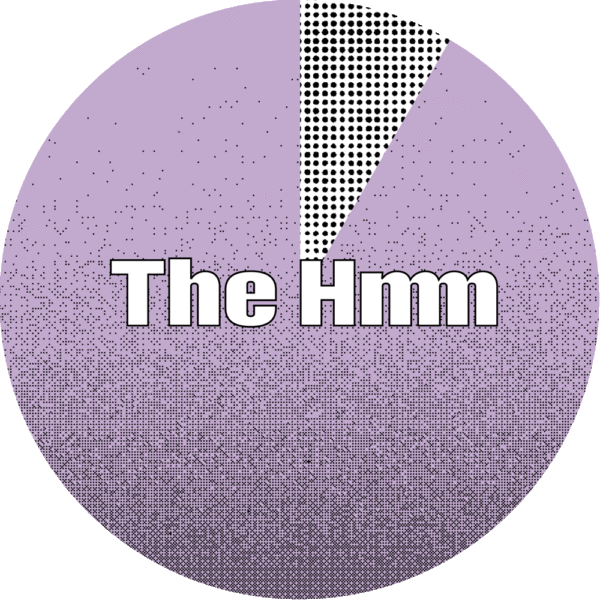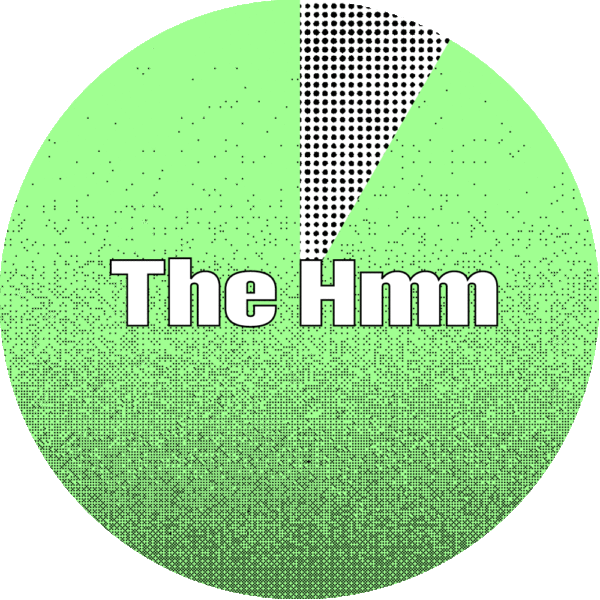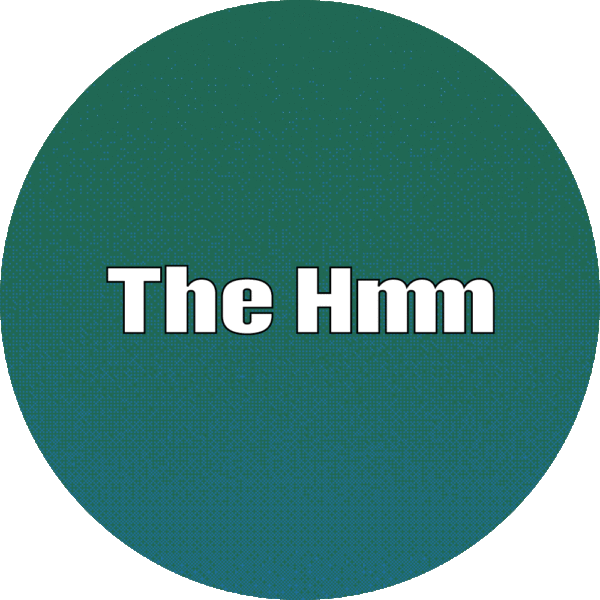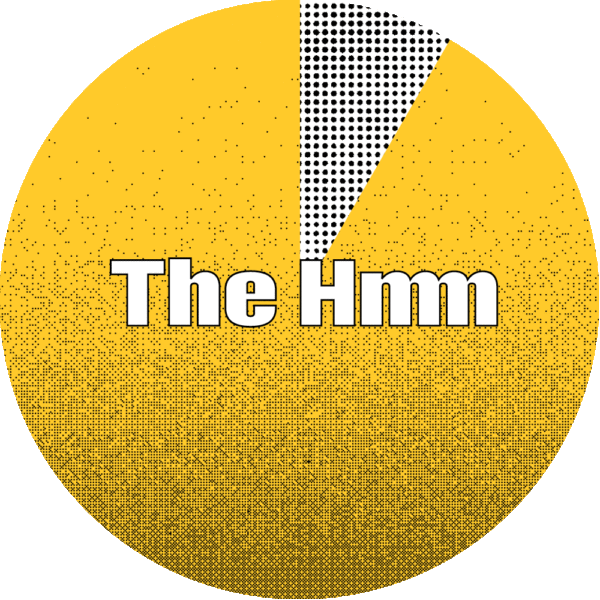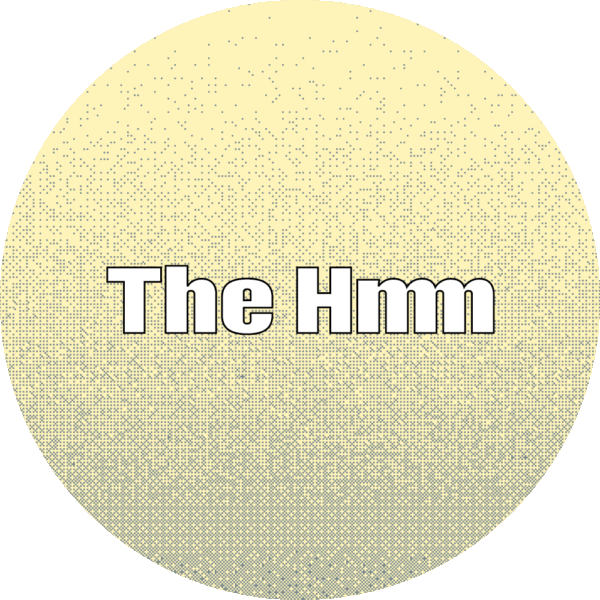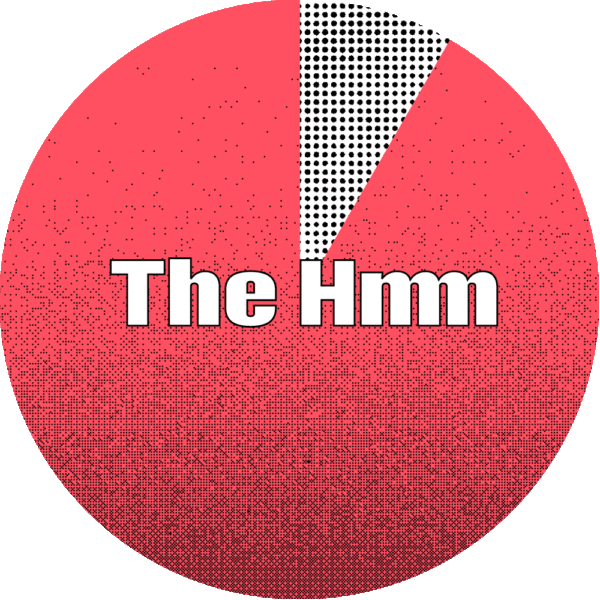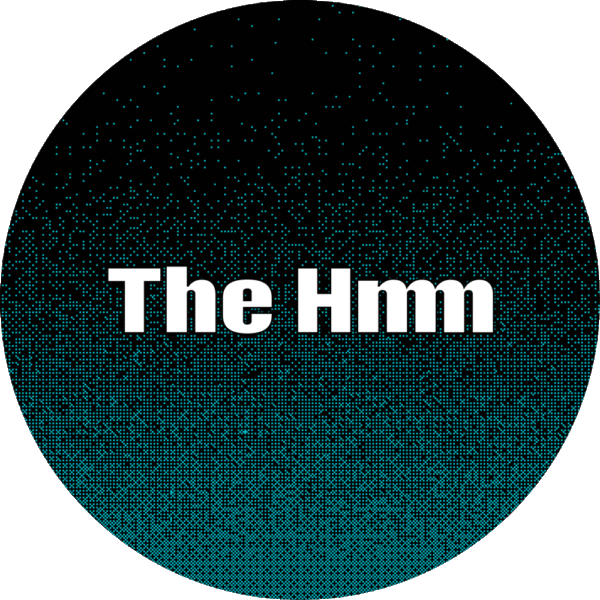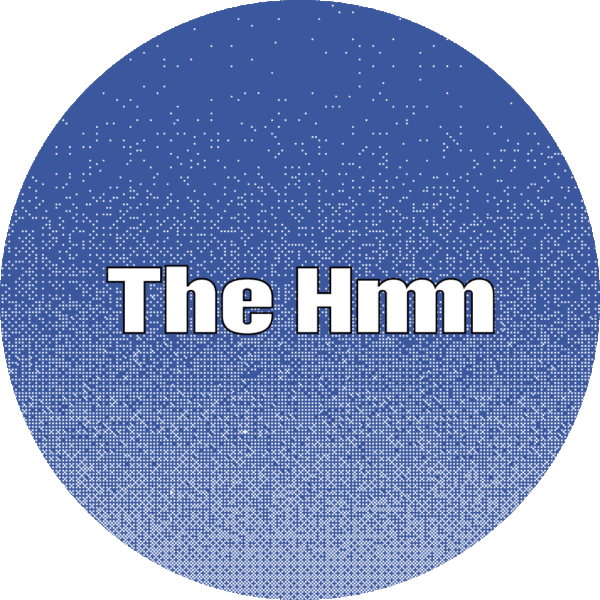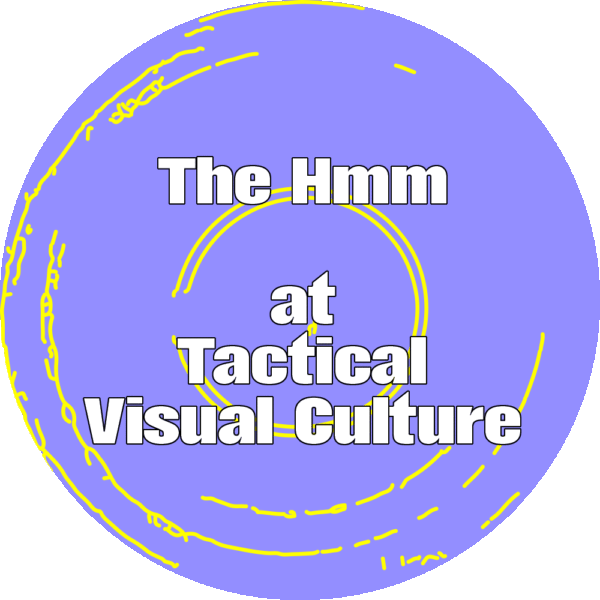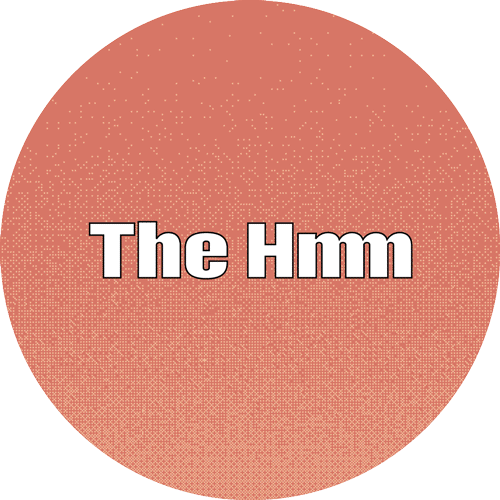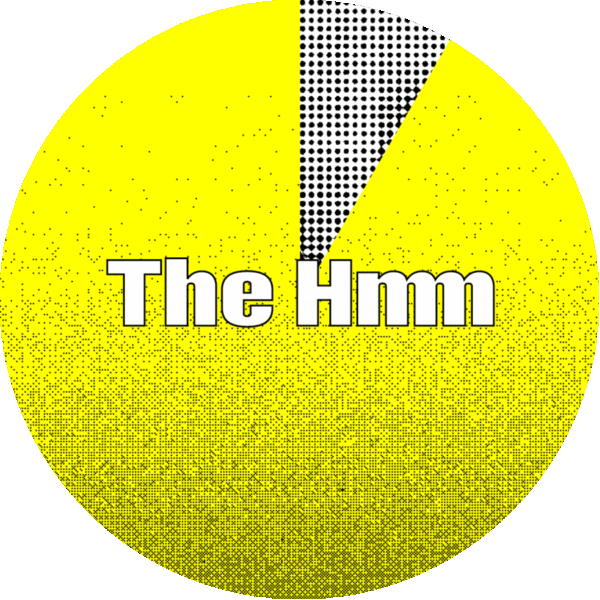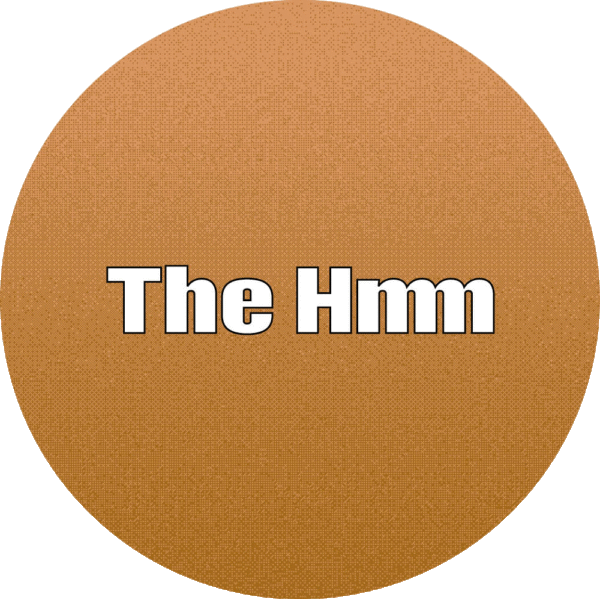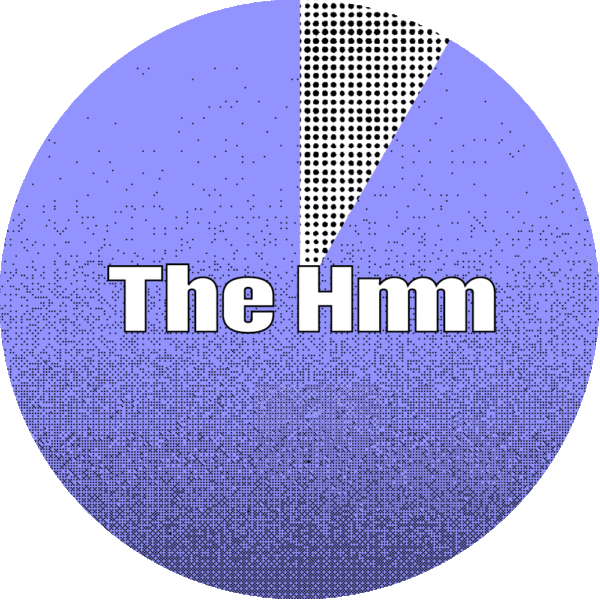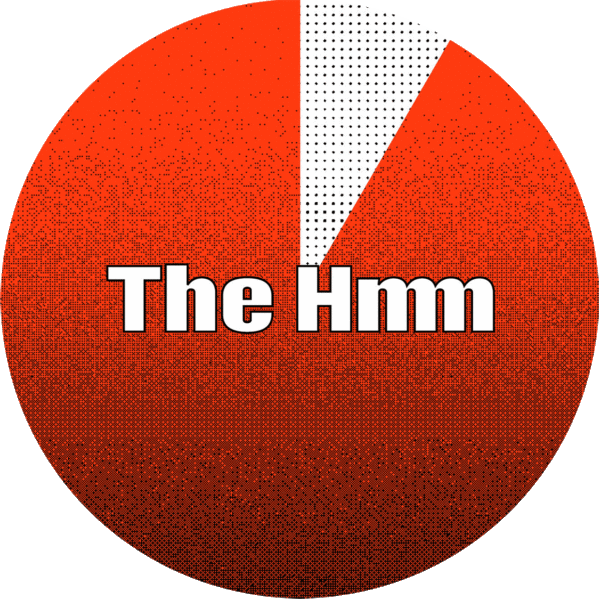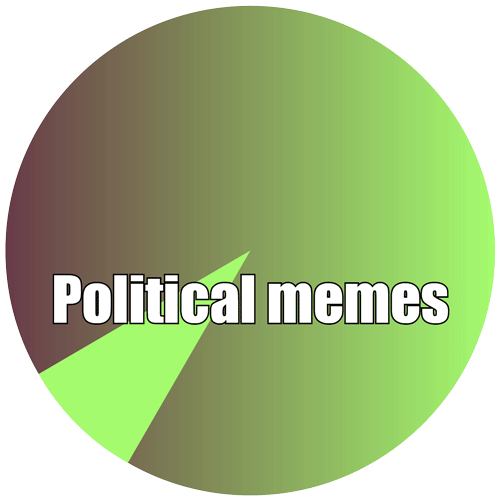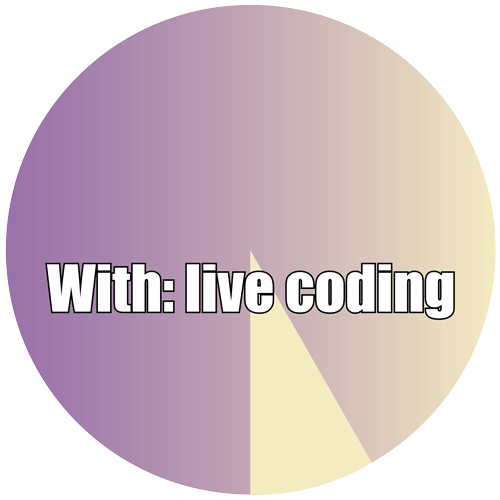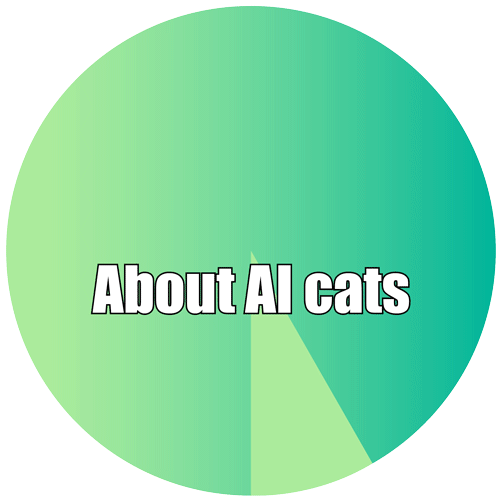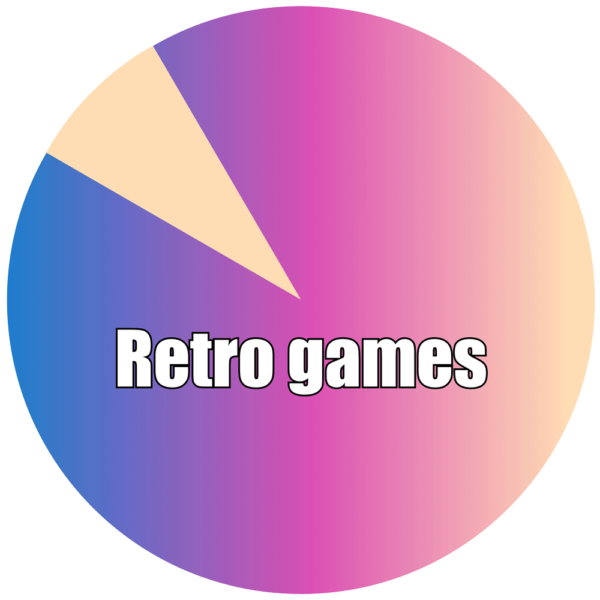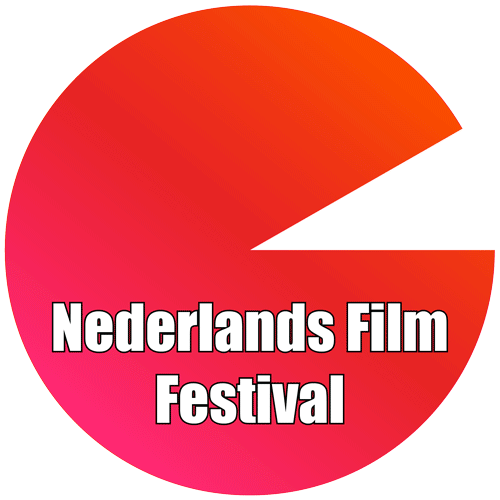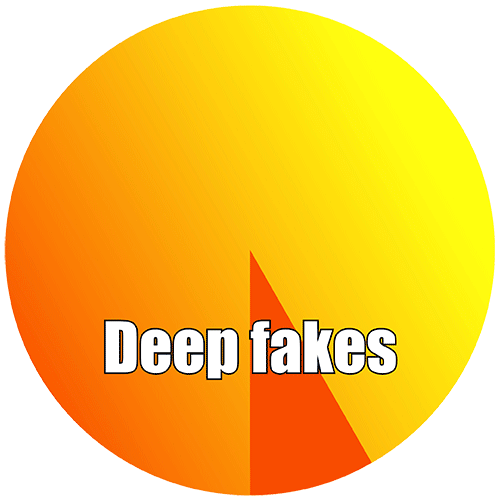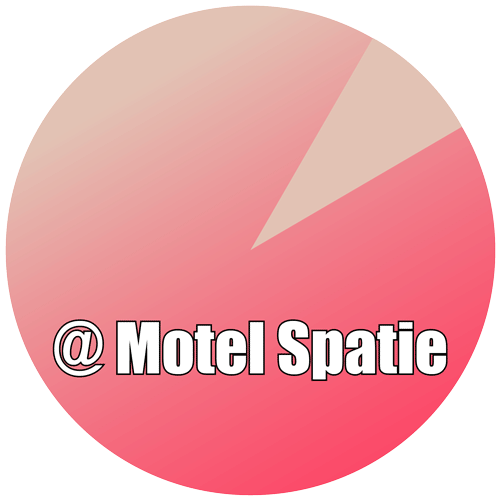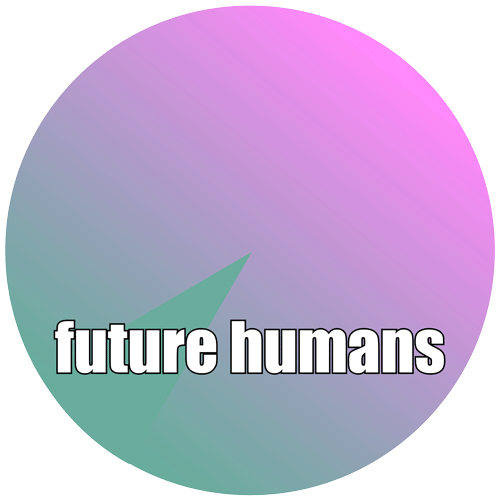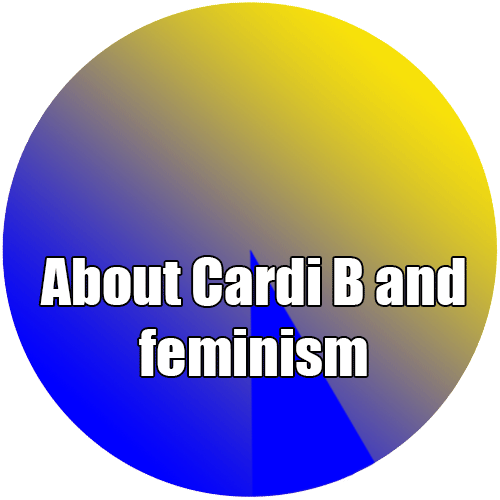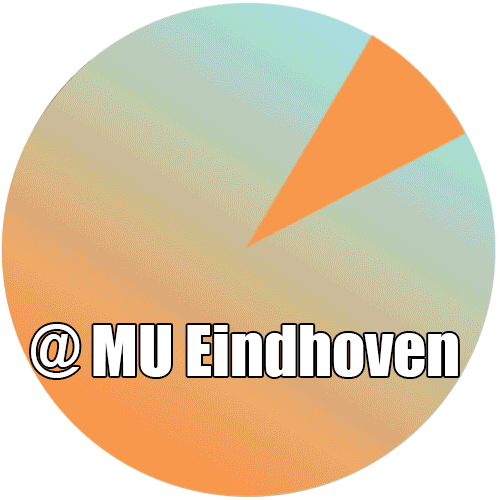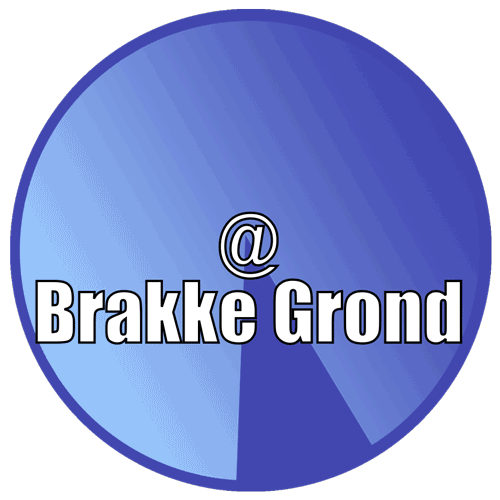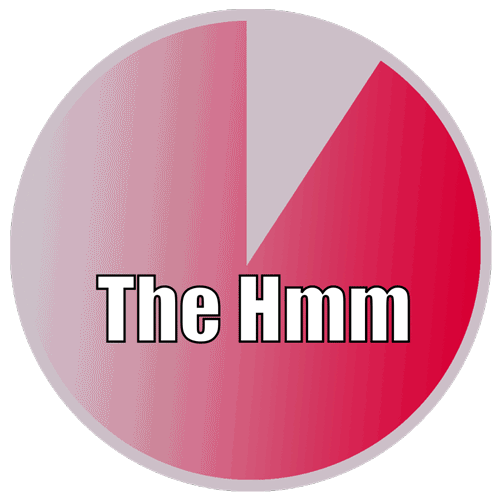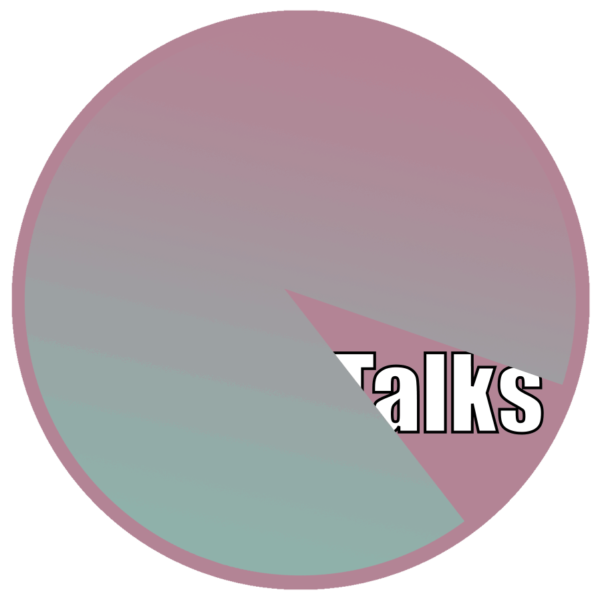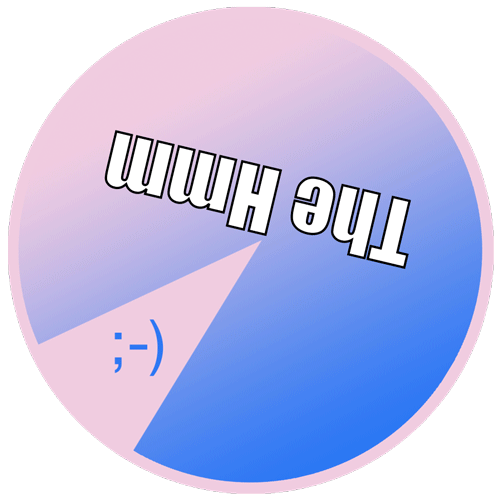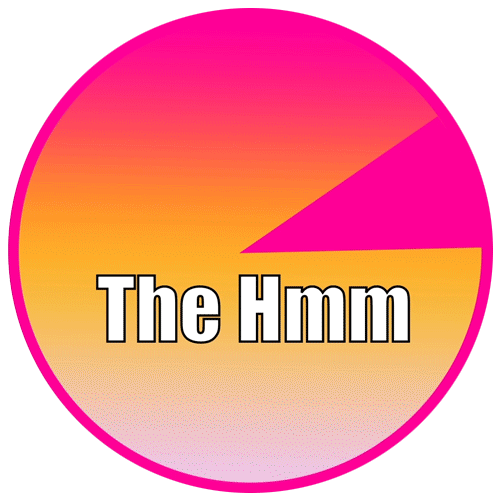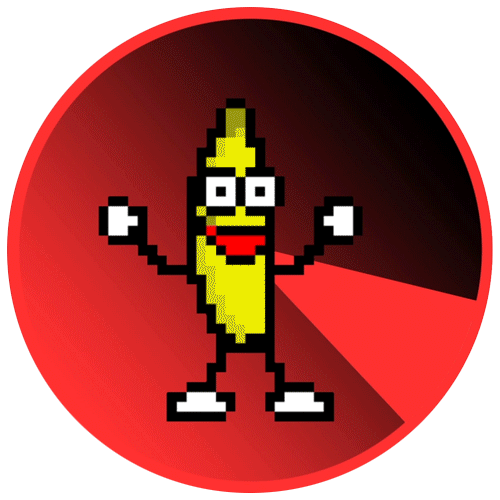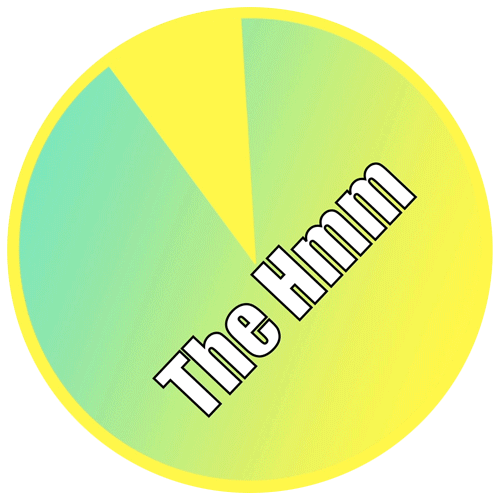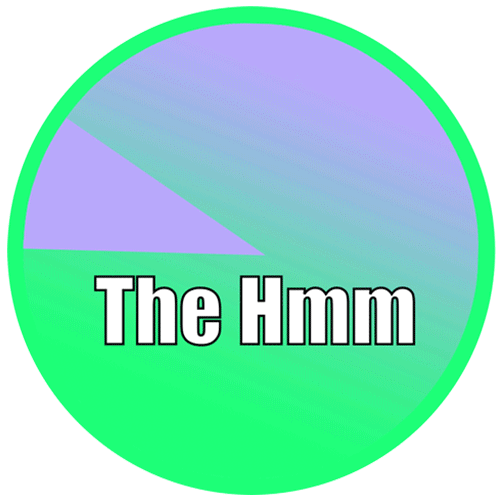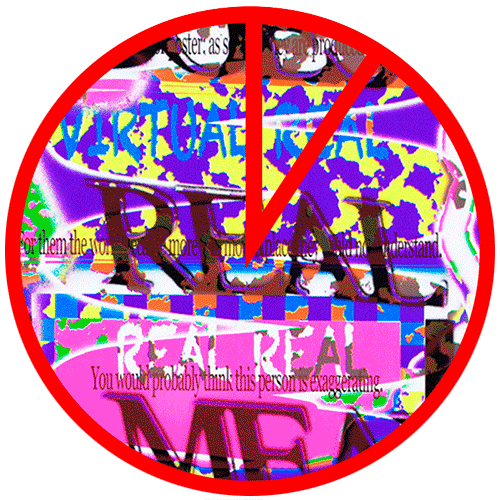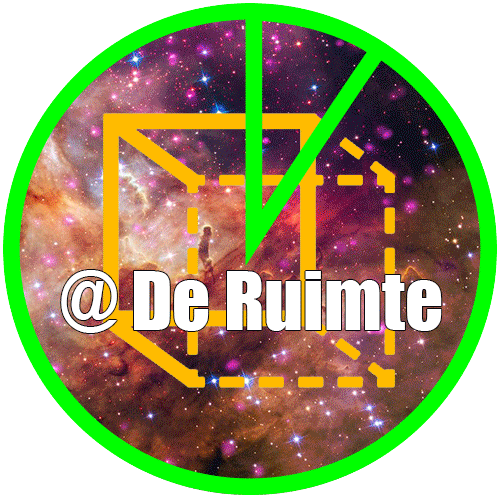
24 September, 19:30 CEST
The Hmm ON the Animal Internet
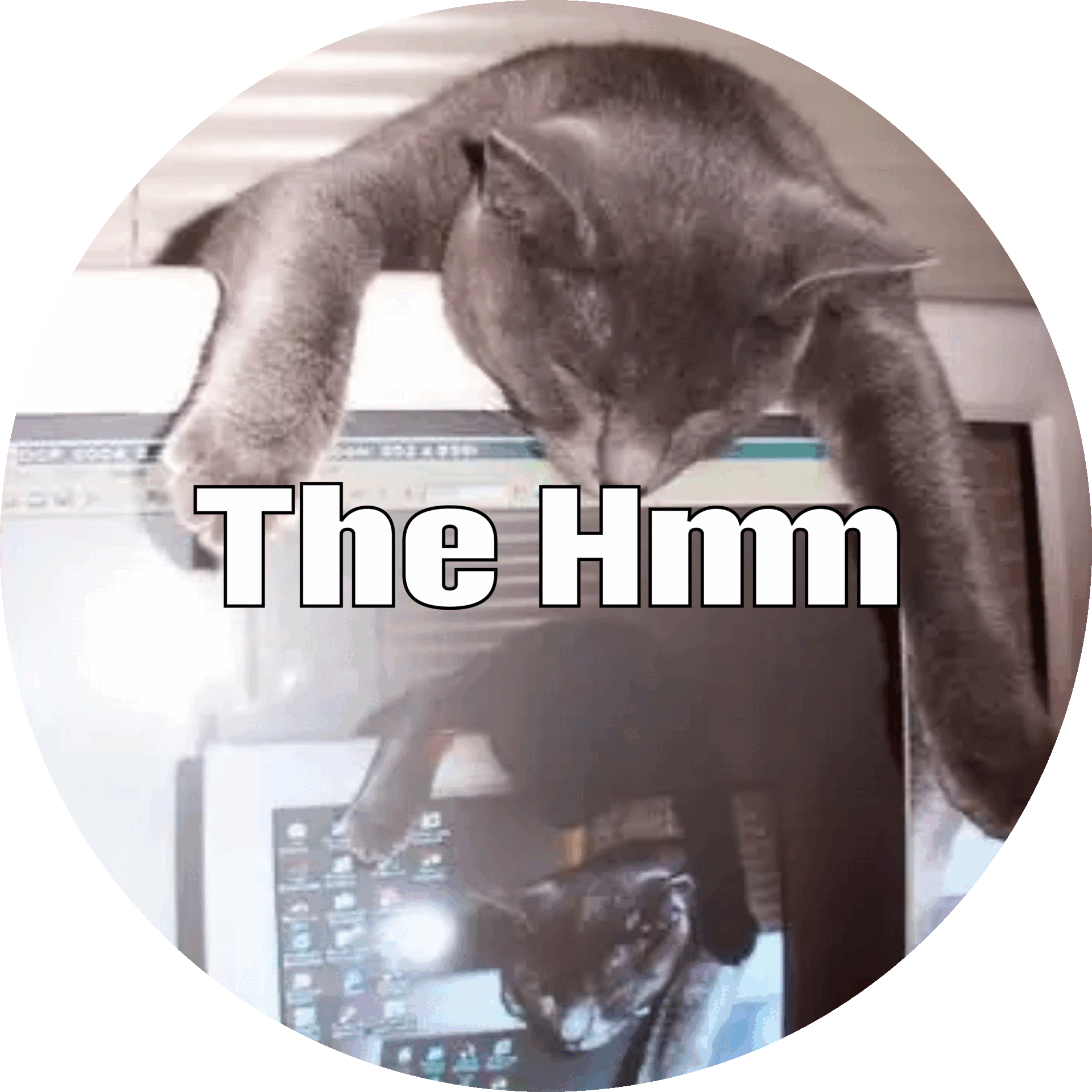
Who says the internet is just for humans? Some might say that it’s made of cats, (there’s even a song about it). Sharks swim between internet cables, the Doge meme has increased breeding of the Shiba Inu, and petfluencers amass millions of followers whilst spreading animal advocacy. Researchers use AI to decode whale language, and there’s even prototypes being built for a canine internet, a space for dog-to-dog connection.
Join us at The Hmm ON the Animal Internet at DOA to map the impact of the internet on non-human animals. As the largest pet shelter in the Netherlands, DOA helps more than 2000 stray cats and dogs per year. In this nurturing environment, we will be exploring the impact of the internet on our fellow animals, and even how we can make space for them to surf the web independently. Unfortunately, a tour of the animal shelter will not be possible as most of the animals are fed and asleep at the time of the event. But no fear, visdeurbel is here (iykyk, check the speakers for context).
We’re excited to have Jeanine Kornmann, Senior Communications Specialist at DOA, helping us to put together a wonderful programme for the evening. Don’t miss out on this unique opportunity to explore internet culture beyond our own species with six artists, influencers, researchers, and makers.
Limited in-person tickets available!
Stay posted further down on this page for more information on speakers and the programme.
🗓 Date: Wednesday 24 September 2025
📍 Location: DOA, Ookmeerweg 271, 1067 SP Amsterdam, and our custom livestream
⏰ Doors open: 19.00 CEST
🕗 Program starts: 19.30 CEST
🎟 Tickets: on-site €8,- / on-site student discount €5,- / online livestream €5
♿️ Accessibility note
The event location is accessible and has an elevator and an accessible toilet. During the event we can provide live closed captioning for those who need it. Please reach out to us via info@thehmm.nl if you are joining on-site and have either of these access needs so we can accommodate you. If you are joining online via our livestream, live captioning will be available as one of the streaming modes.
💙 This event is kindly supported by the Creative Industries Fund NL, the Amsterdam Fund for the Arts, and the Cultuurfonds.
